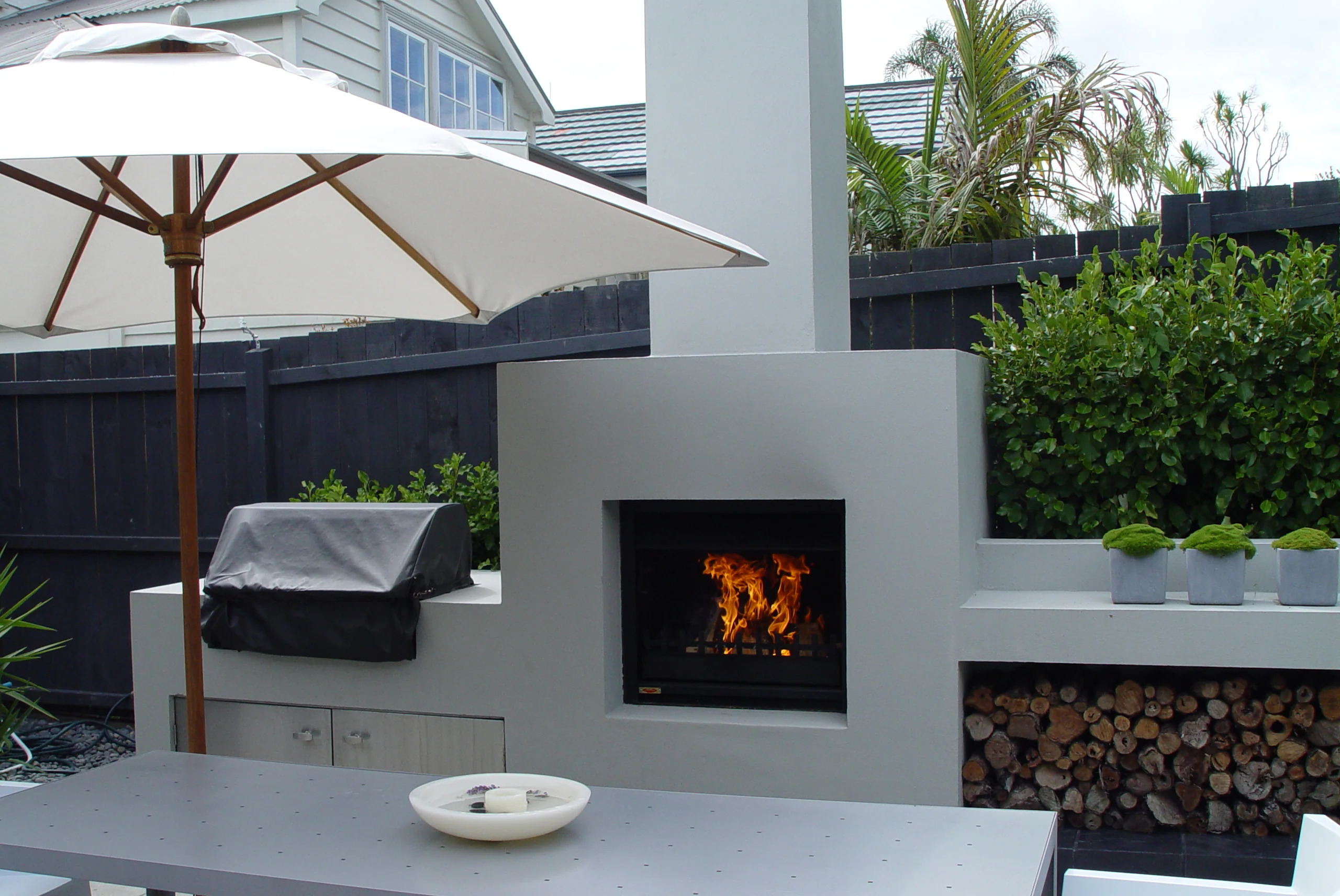
Wood-burning fireplaces can give a nostalgic feeling and create snugness in a house but it requires regular maintenance to keep them safe. The hearth should be cleaned continuously by following these significant tips given by Master Fireplaces which will help you maintain your fireplace in the best condition for many years.
- Thorough Cleaning
The most crucial part of caring for any wood fireplace is keeping it clean. Ensure that you sweep out ash and debris every time after use so as not to allow accumulation that blocks airflow. This way the fireplace functions better and looks good too.
- Annual Check-up
Set aside one day each year when you will invite a chimney sweeper to come and see if there could be any problem with your chimney or fireplace such as; damages, blockages, or creosote buildup which can cause chimney fires if left unattended.
- Creosote Removal
Regular sweeping of chimneys removes creosote – a highly flammable substance formed during wood combustion that accumulates on the inside walls of flue liner among other parts within the entire chimney system. This also reduces indoor pollution from dirty soot produced by incomplete burning moist fuel while lowering possible fire incidents through chimneys.
- Proper Firewood Selection
Always burn dry seasoned hardwoods like oak, maple, or birch in your Wood fireplace since they burn slowly releasing less smoke compared to green or wet ones thereby reducing pollution around homes caused by rapid deposits of unburned particles within flue resulting from sooty emissions due to damp fuels burnt incompletely with high moisture content.
- Moisture Control
Keep firewood dry by covering it and storing it away from areas exposed to water such as rain gutters may soak logs making them have low heat output during burning besides attracting soot along venting systems because condensation reactions between saturated hydrocarbon-laden flue gases emanating from moist wood.
- Fireplace Screen
Use a screen or close glass doors while burning wood to prevent sparks from flying out and igniting anything nearby. Also, they reflect some heat into the room thus enhancing heating effectiveness.
- Carbon Monoxide Detectors
Install carbon monoxide alarms near fireplaces so that any leakages can be detected early enough before they become hazardous since this gas is colorless and odorless but very poisonous even at low levels hence called a silent killer.
- Safe Burning
Do not leave fires unattended. Use strong grates for holding logs together when burning them; keep combustible materials like furniture, curtains, or rugs at least three feet away from the front opening of an open hearth to prevent accidental fires starting there.
- Sufficient Ventilation
Ensure there is adequate fresh air supply into rooms containing fireplaces by partially opening windows around which creates draft drawing oxygen required for the complete combustion process while pushing out smoke.
According to these tips provided by Master Fireplaces on maintaining your Wood fireplace, one can have fun with crackling fire warmth and comfort but still secure their home as well as loved ones’ lives from potential hazards. Properly looked after, the wood-burning hearth will always remain a cherished centerpiece for ages within your home.
